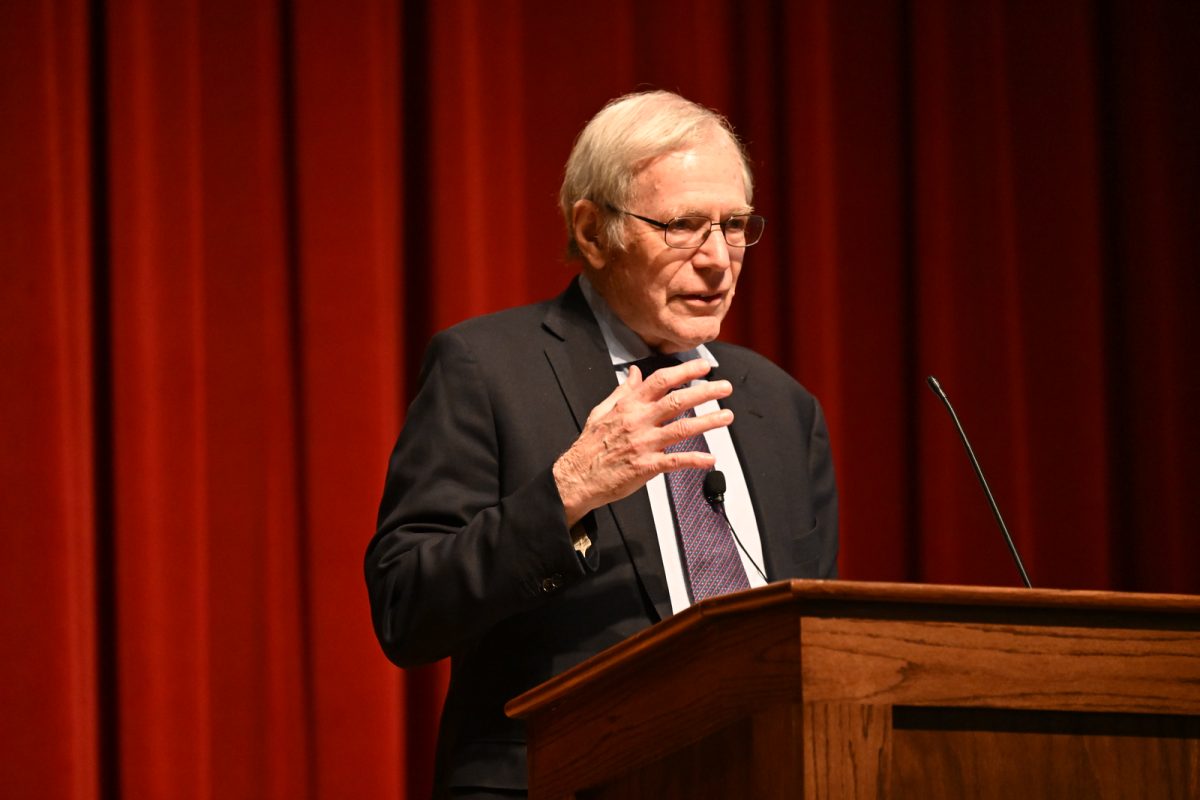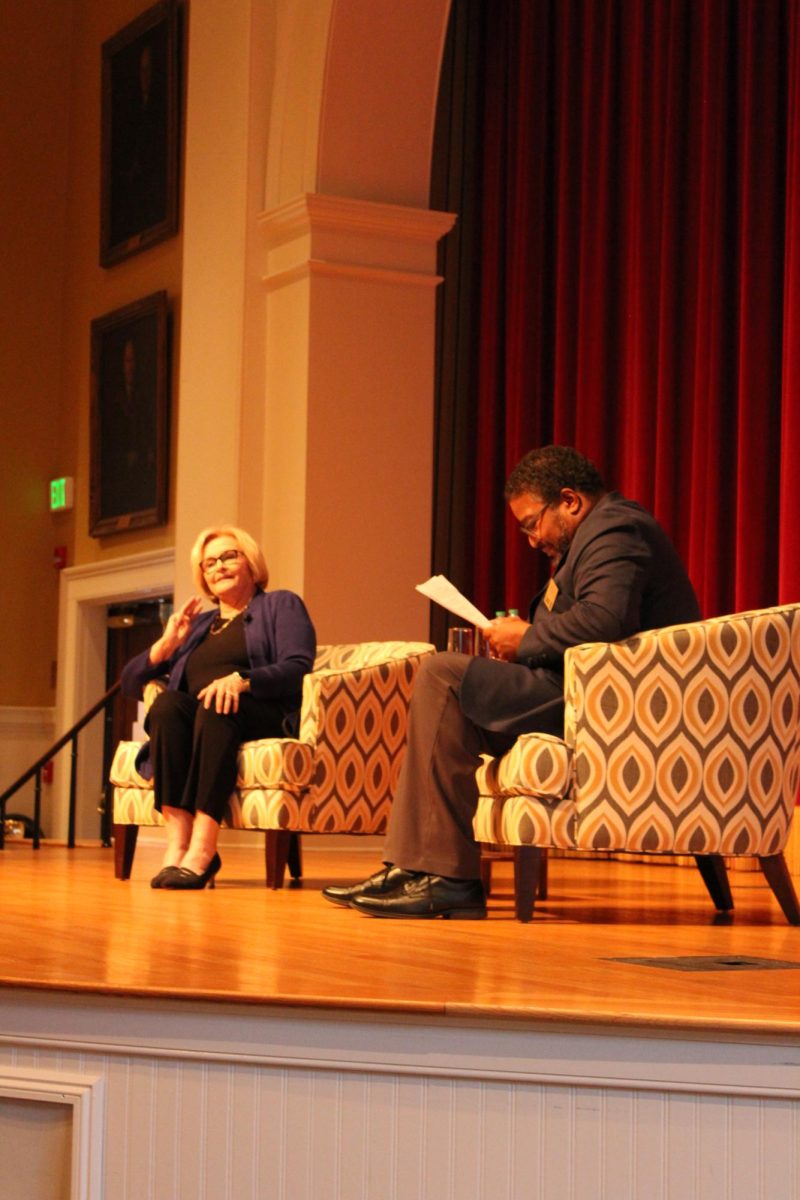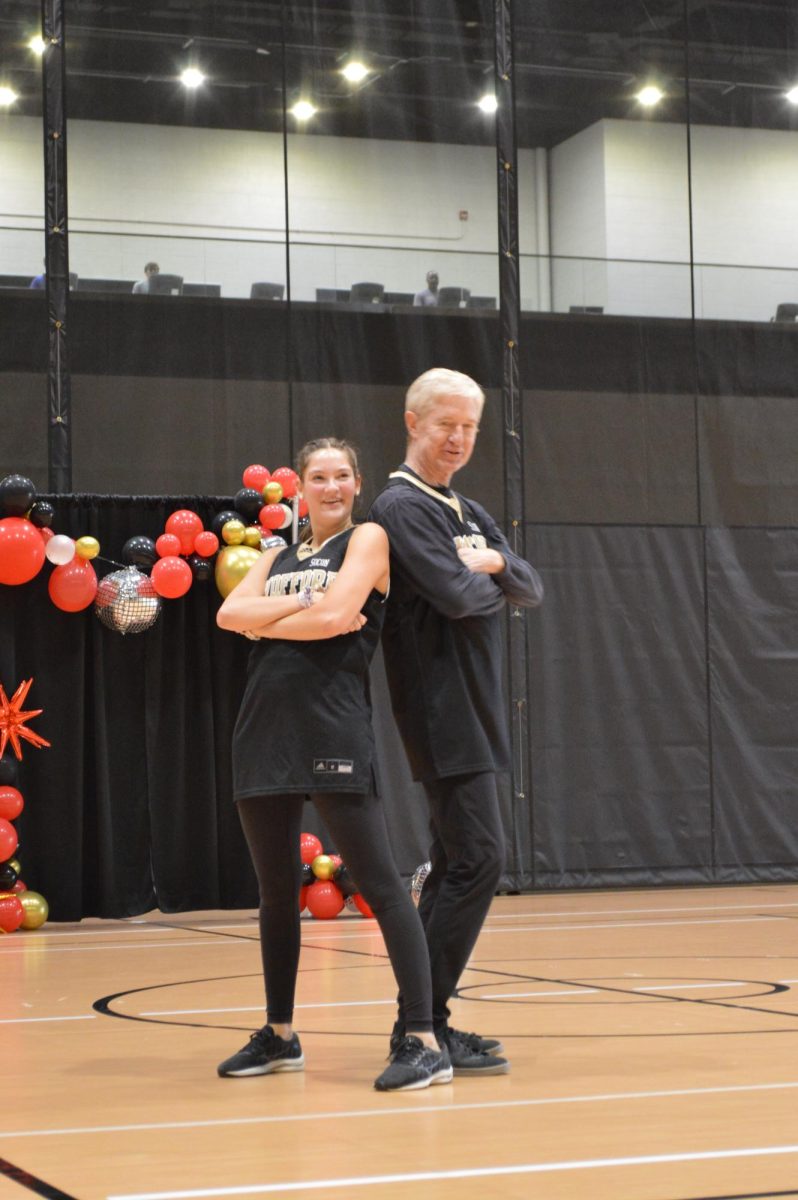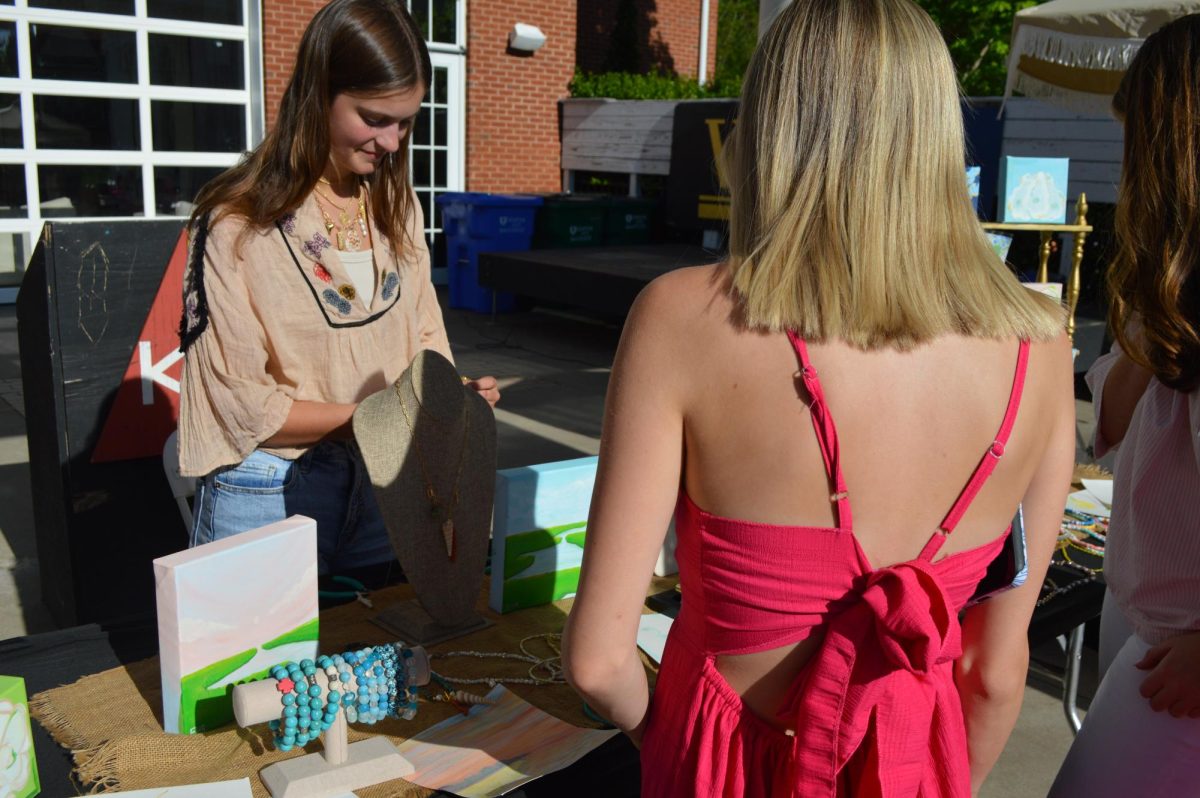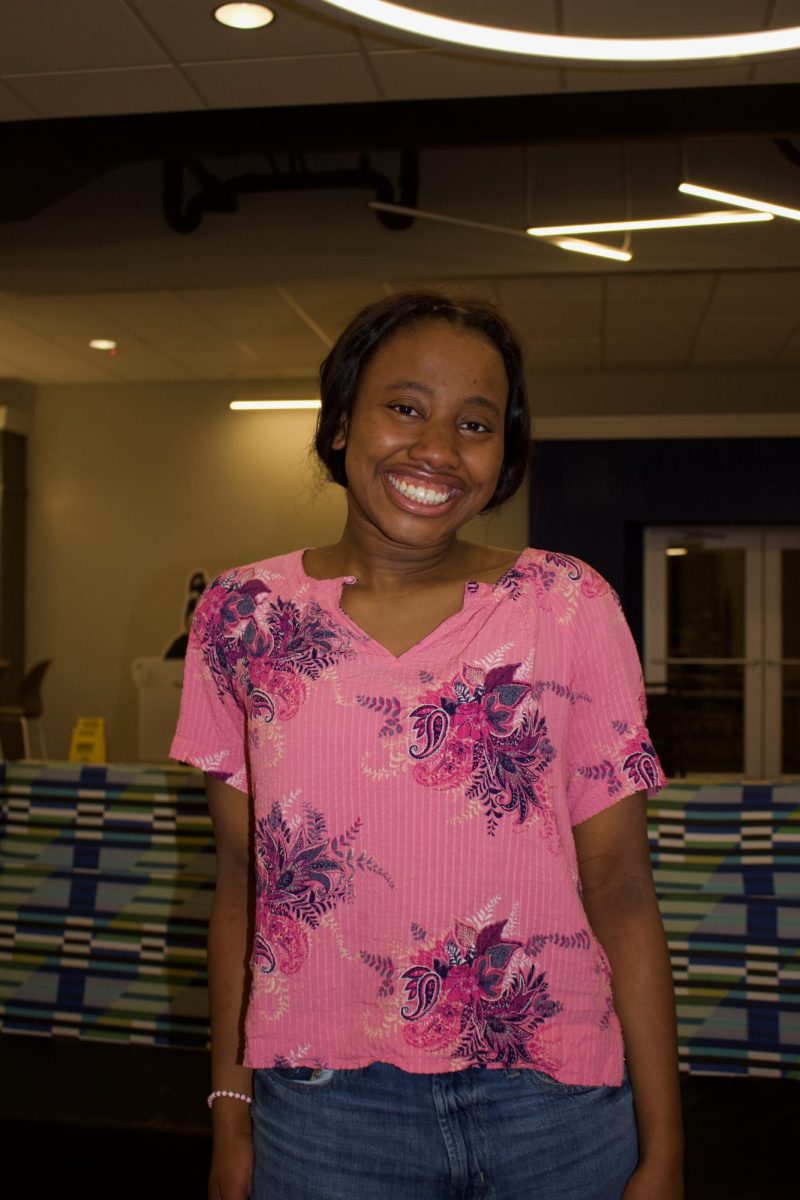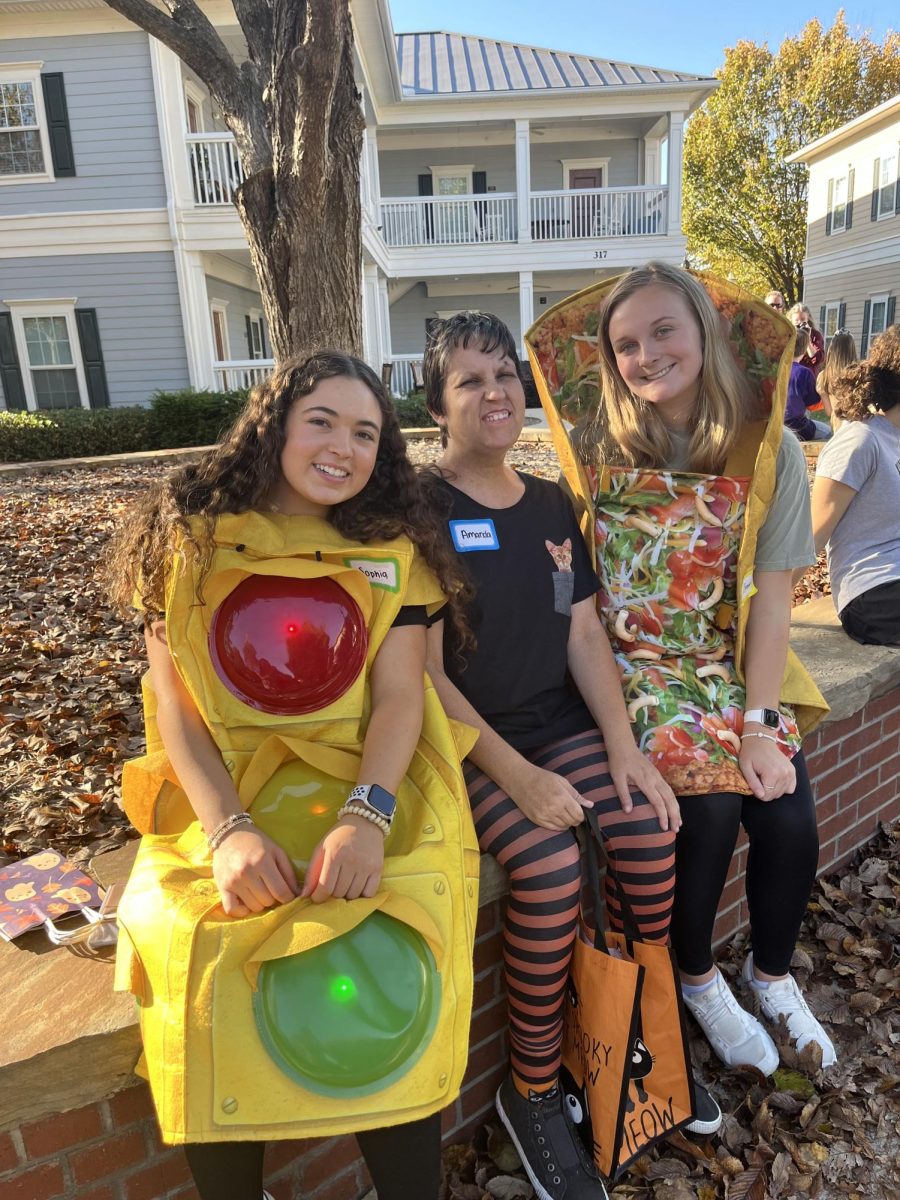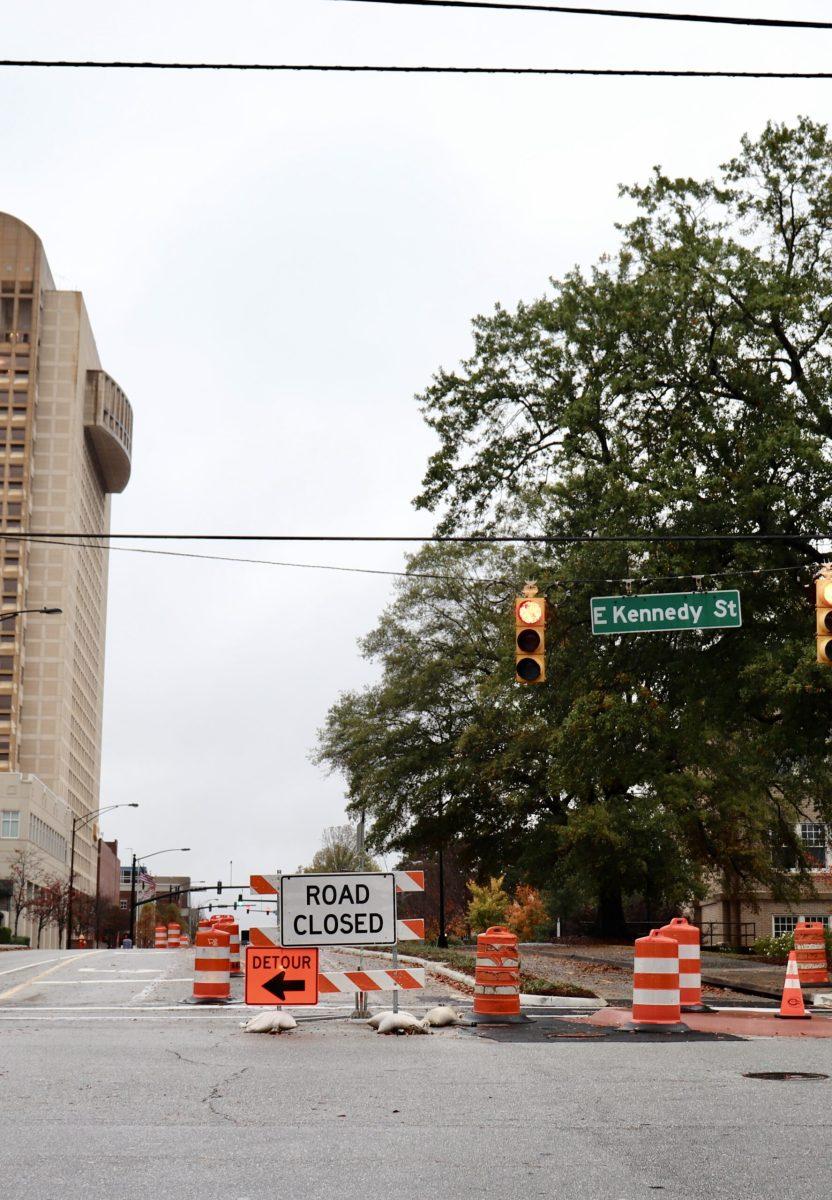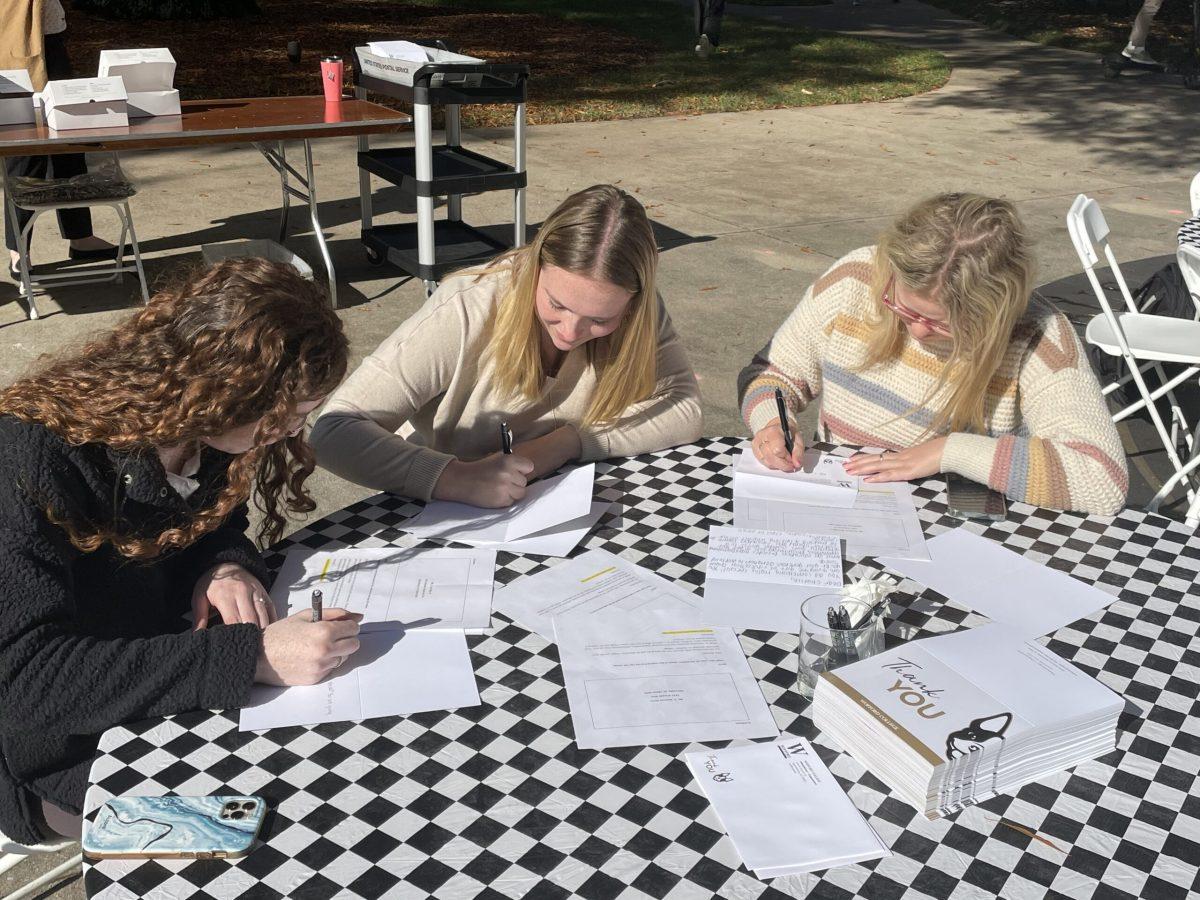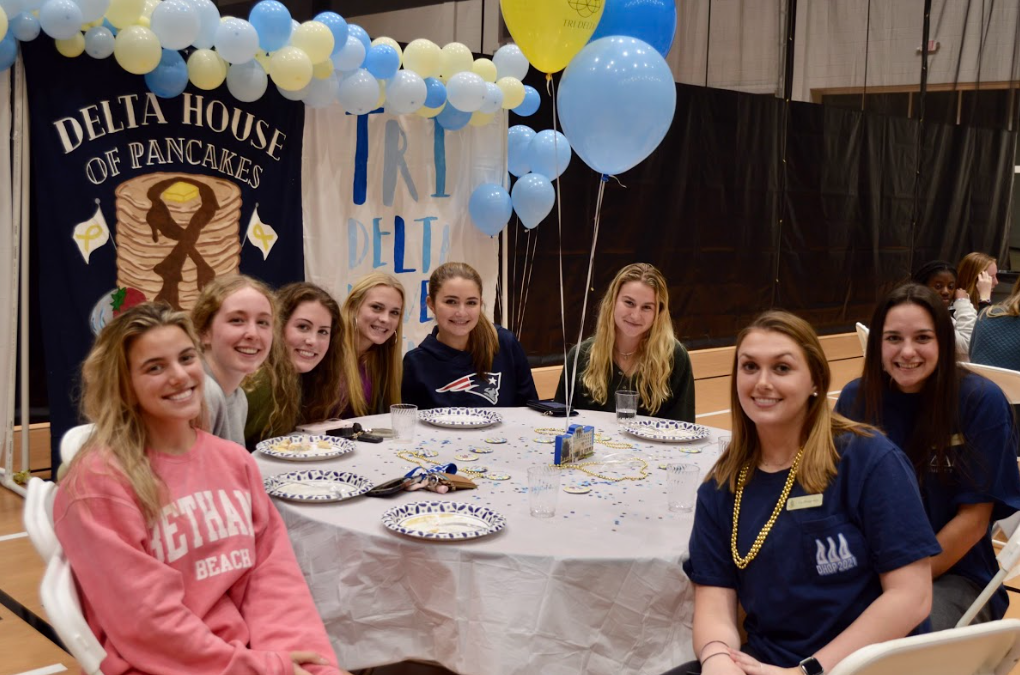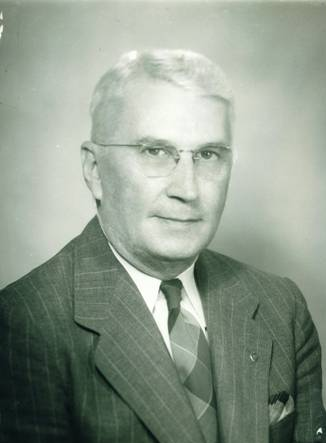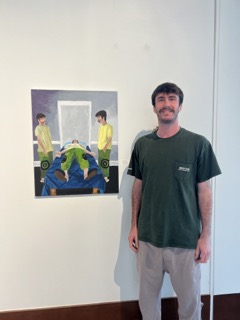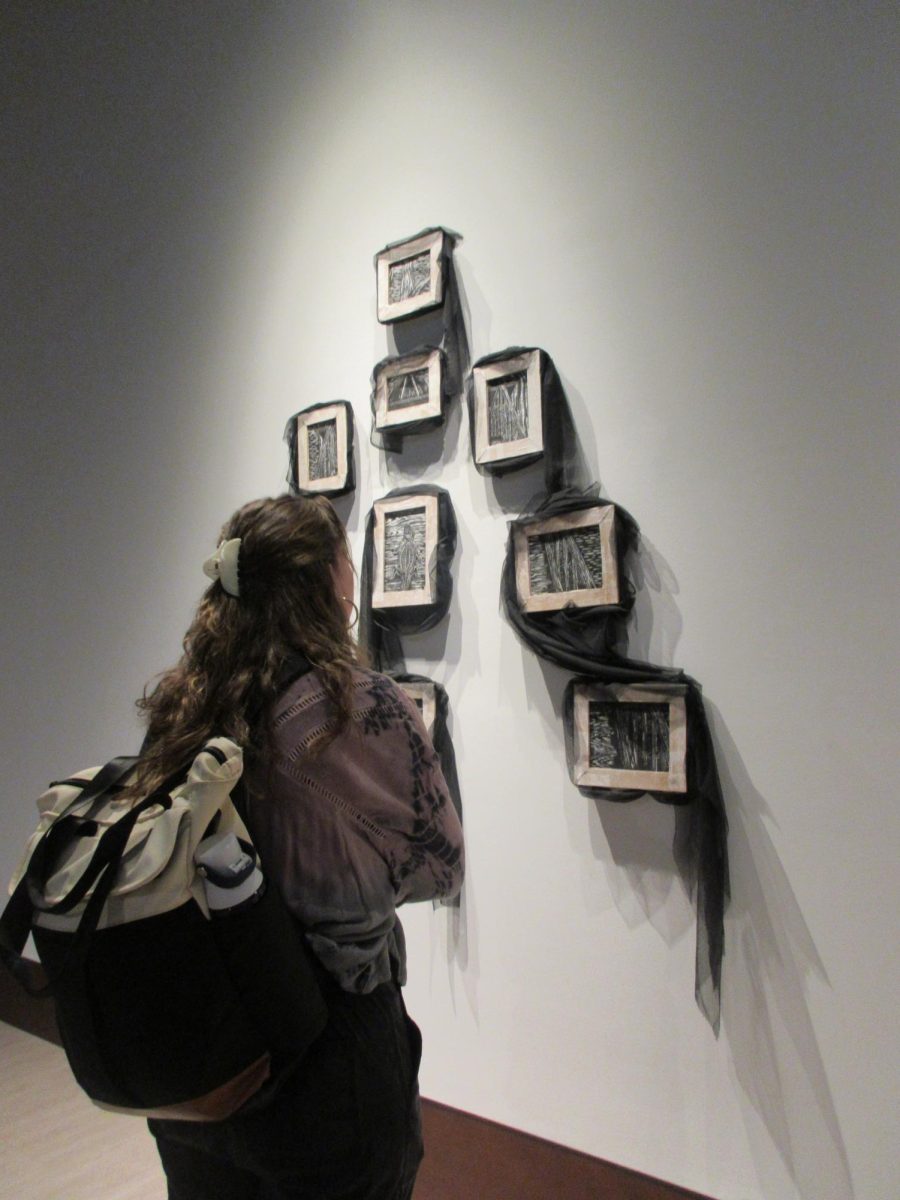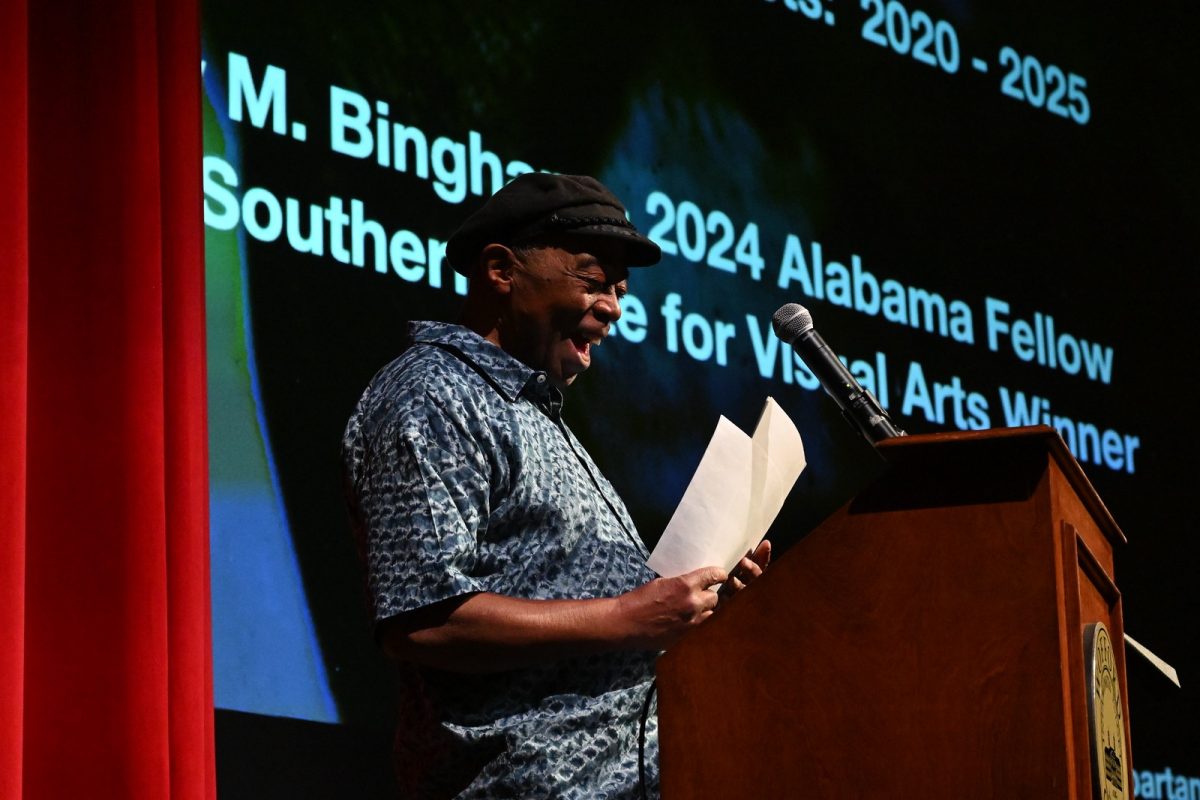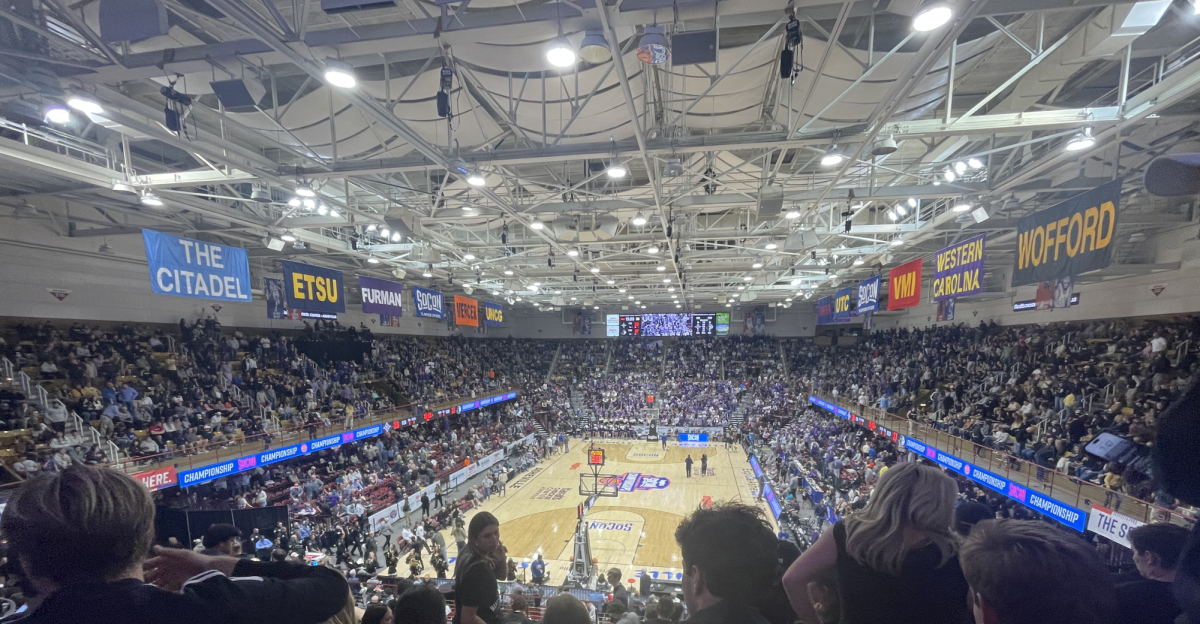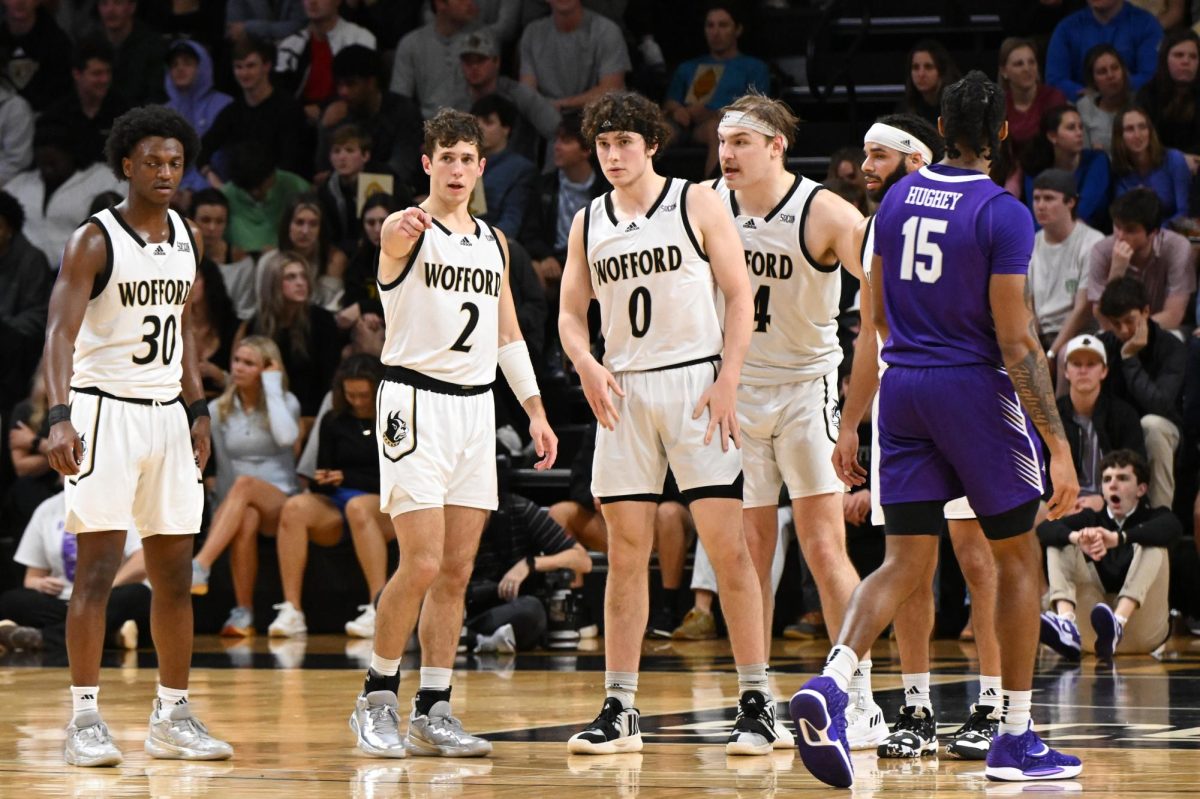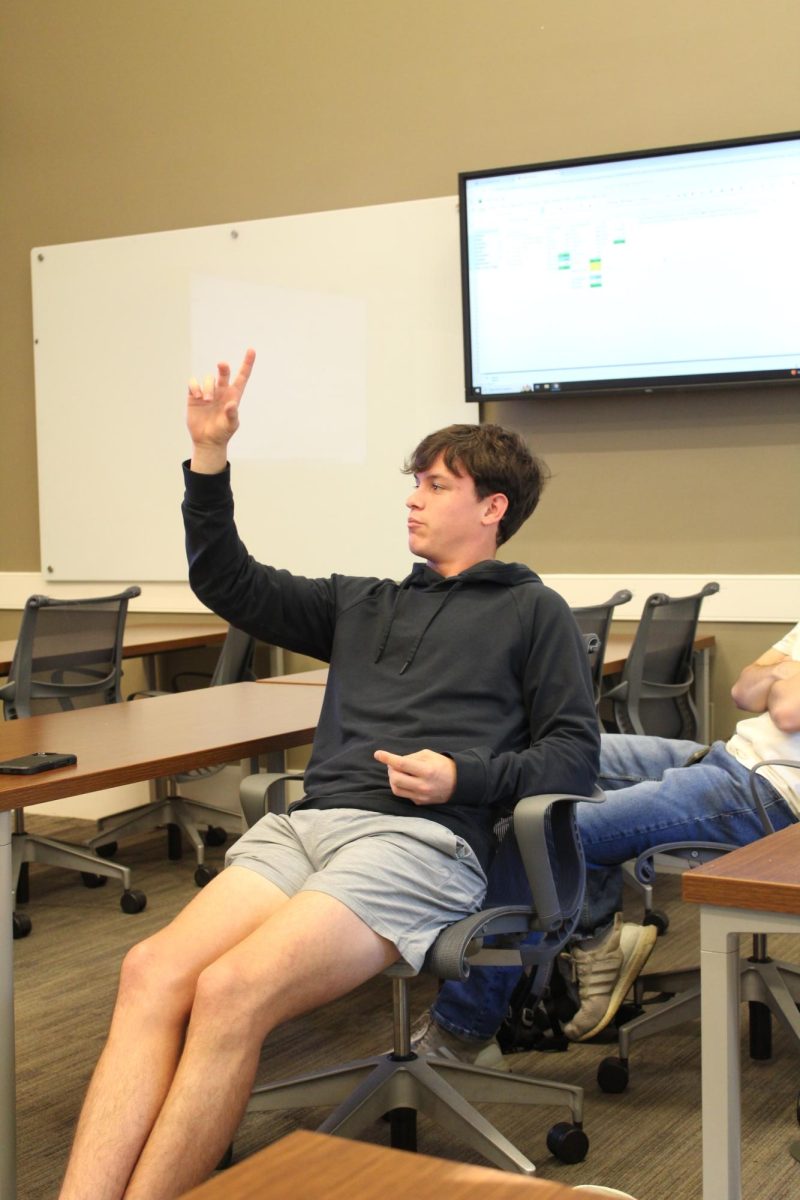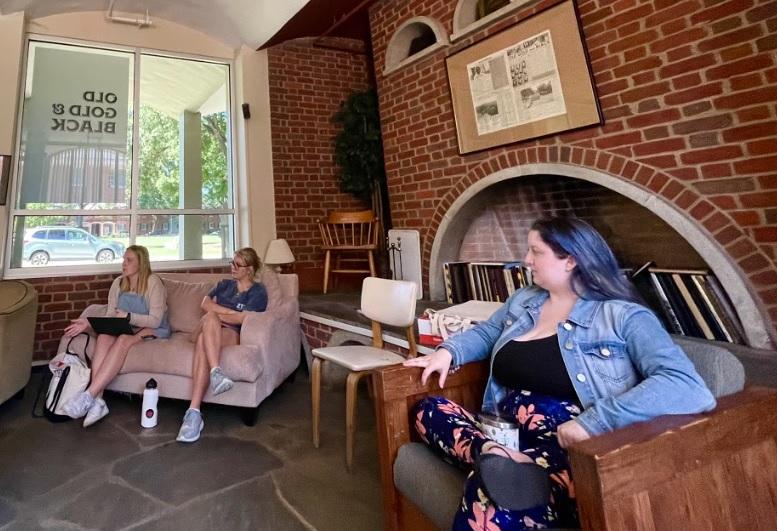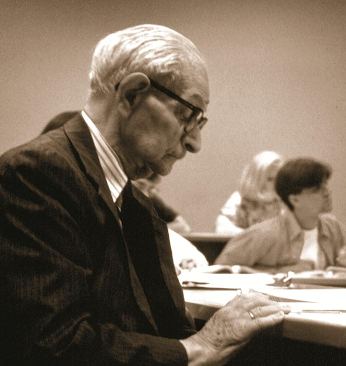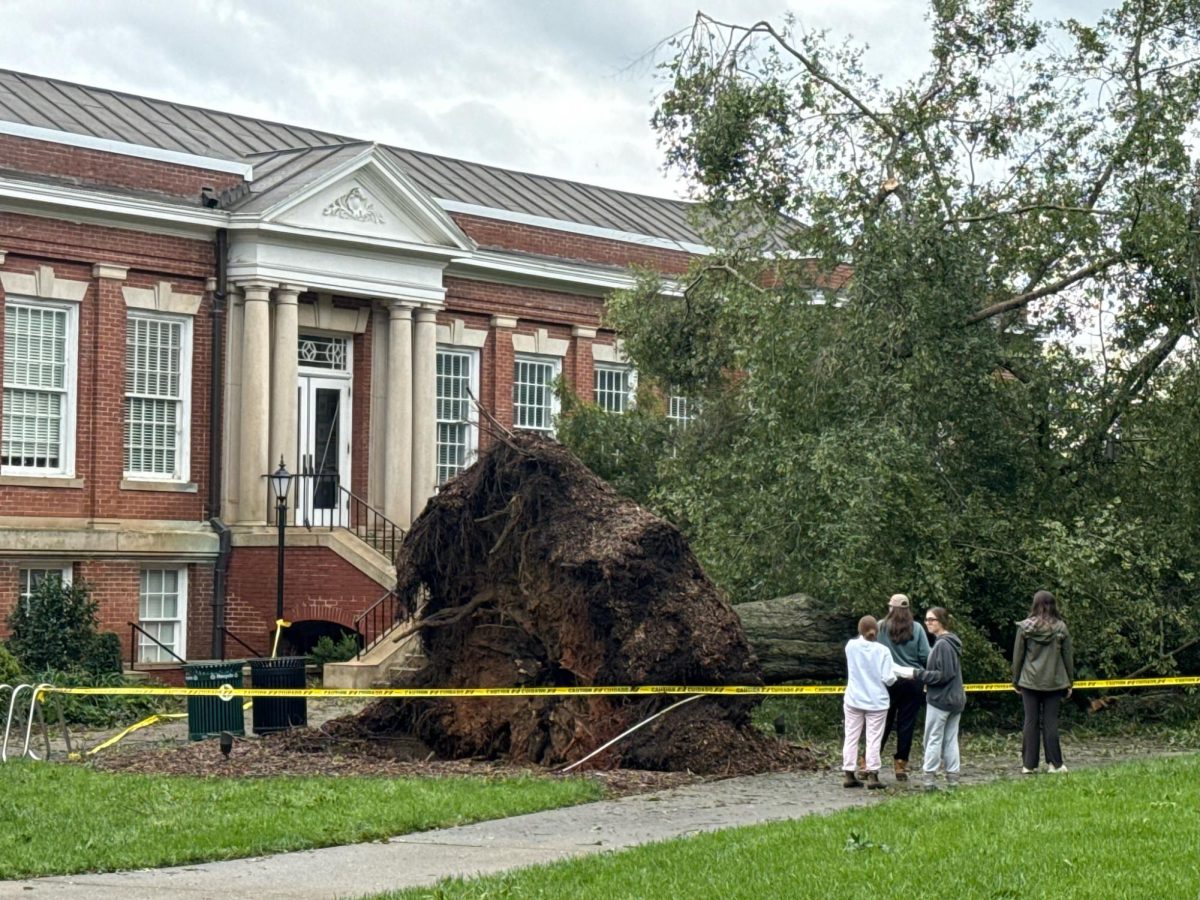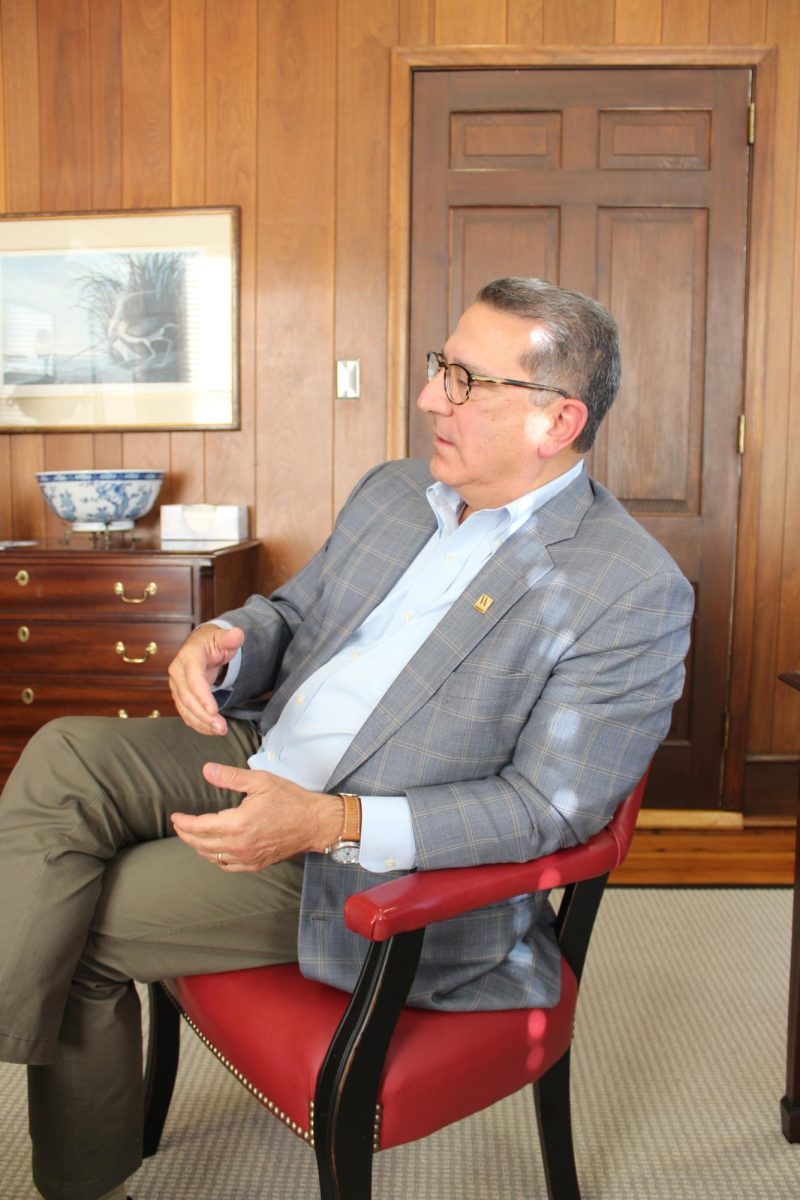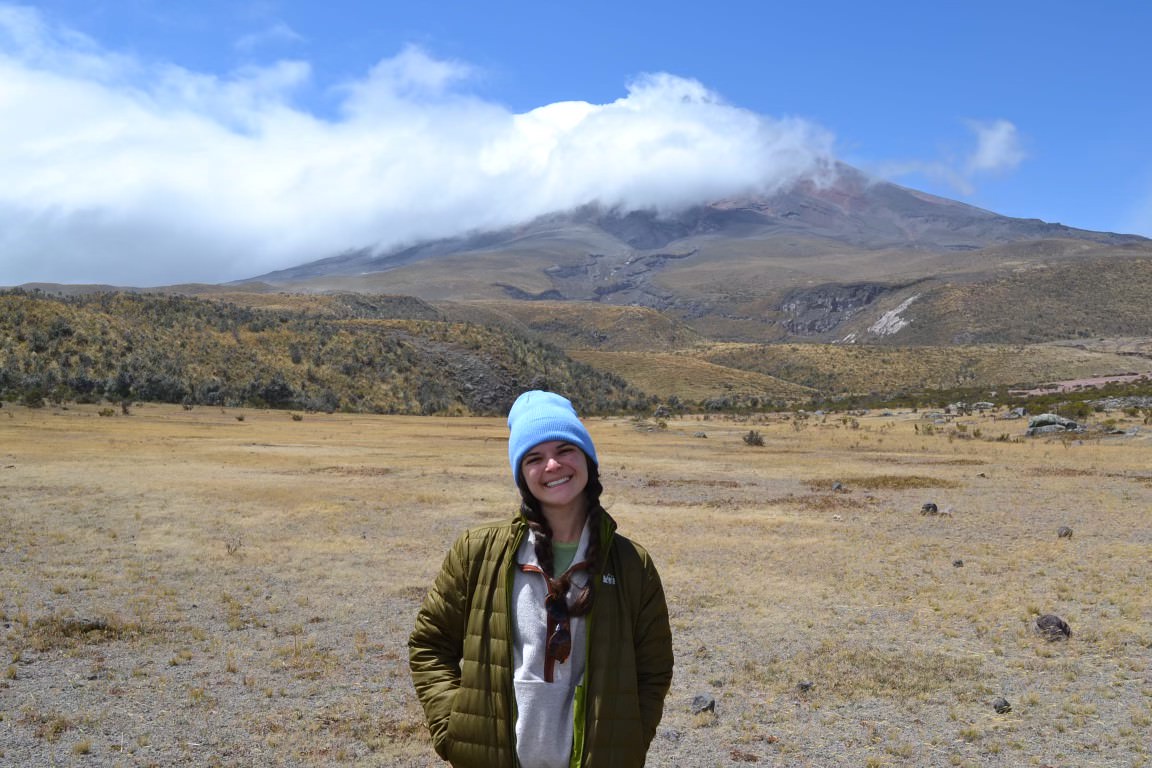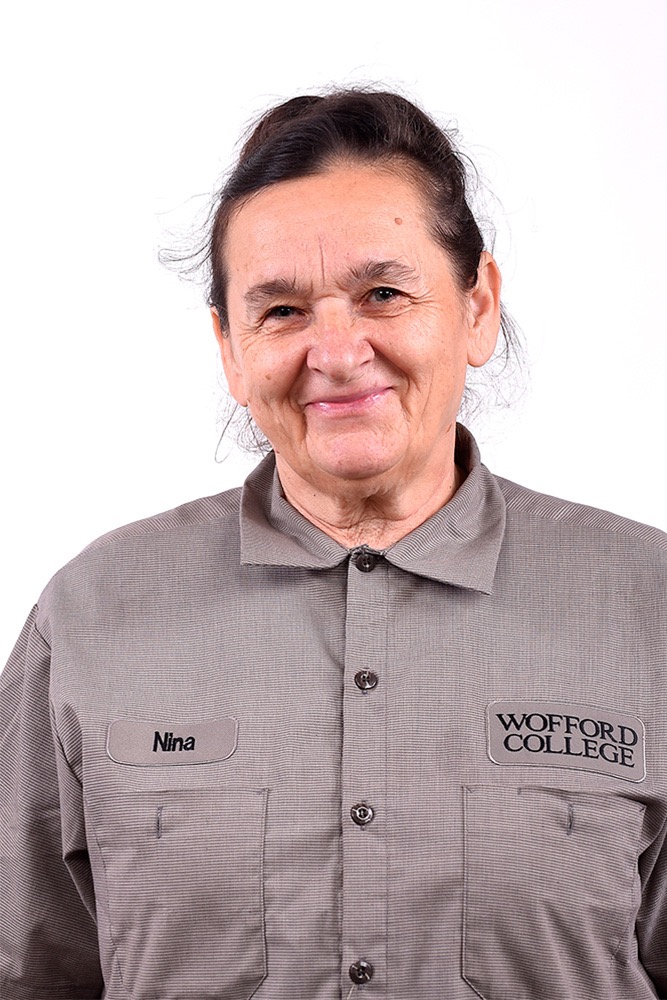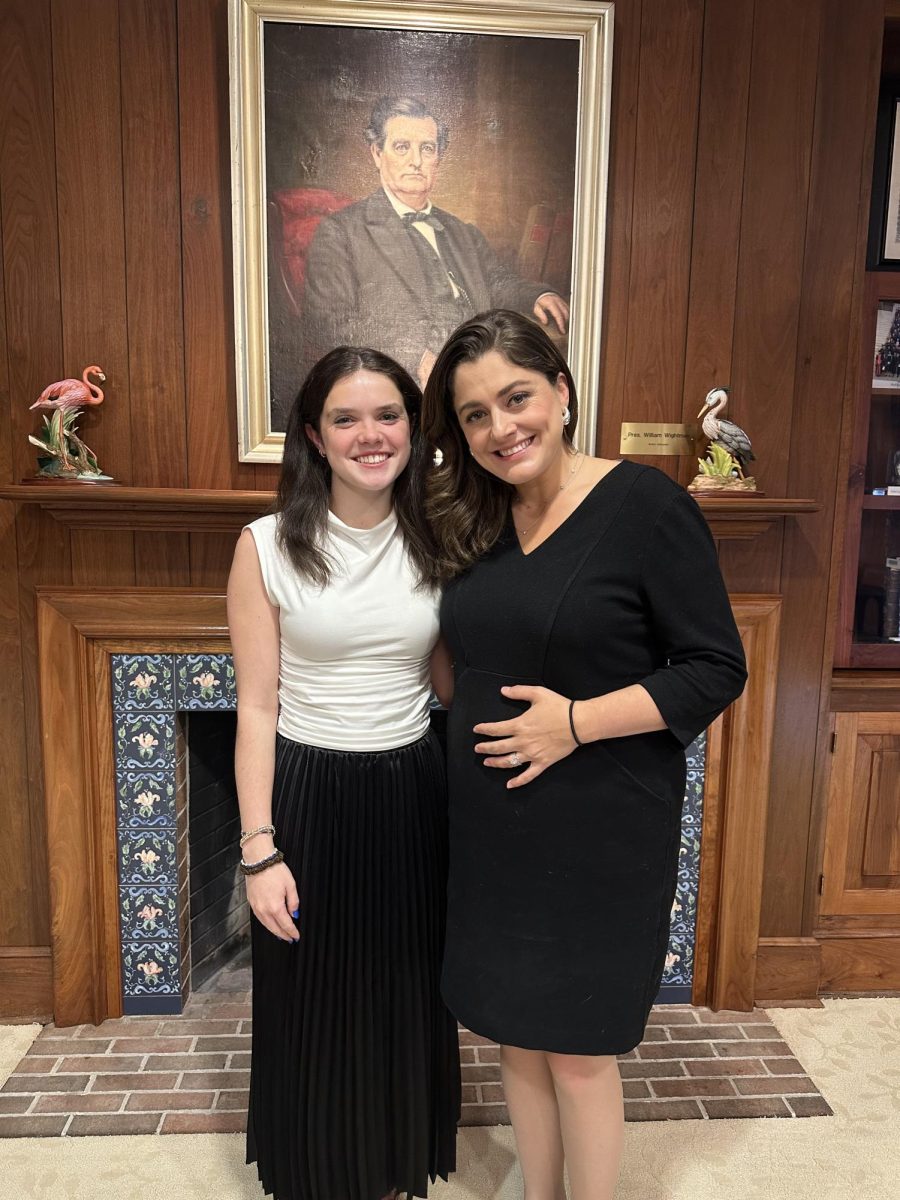By Aiden Lockhart
Main Building, or “Old Main,” is Wofford’s oldest building. Construction was completed in 1854, built using enslaved people’s labor.
“If I come in early and unlock Old Main, I have that moment of being reminded I’m unlocking a building that was built by the enslaved people,” Laura and Winston Hoy Professor of Humanities Tracy Revels said. “As a historian, it’s a heart moment.”
Revels has had decades of experience on campus, arriving in 1991 as an assistant professor. She has taught in Daniel, Olin, Old Main, Milliken and the Richardson Center for the Arts.
Wofford’s first freestanding library was the Whitefoord Smith Library. It was completed in 1910.
“Then it was renovated in 1972 and named in honor of Charles Daniel,” Wofford Archivist Phillip Stone said.
Charles Daniel was a Wofford donor and was also founder of Daniel Construction Co., which has since been acquired by Fluor Corporation. He was also briefly a U.S. senator for South Carolina.
In 1961, Milliken Science Center’s first wing opened. Roger Milliken was a long-time trustee and a major figure in the textile industry, which his family was also involved in, as well as in conservative politics.
Stone guesses that Milliken was South Carolina’s wealthiest man when the college sought him out as a donor in the 1950s. His family business, Milliken & Company, was one of the largest privately-held companies of its time.
It is still in operation today and is headquartered in Spartanburg, SC.
“(Milliken) was heavily involved in the way the campus landscape looks,” Stone said. “He was really interested in sustainability.”
Wofford became an arboretum in 2003 and is home to thousands of trees.
Also in the textile business was Sandor Teszler, the namesake of the current library constructed in 1969. His son Andrew, a member of the Board of Trustees, gave the lead donation for the building.
Teszler was a Hungarian Jew born in 1903, and survived the Holocaust. More information on this topic can be found in the online Anne Frank exhibit, titled “Anne Frank: A History for Today.”
After moving to the U.S., Teszler continued his textile business and made his way to South Carolina.
“The southern textile industry was rigidly segregated up until the law changed,” Stone said. “(However, Teszler) insisted that his mill would be integrated.”
Teszler could be found on campus for decades until his death in 2000. He would frequent the library and audit classes, according to Stone.
“I was introduced to him one time and he patted me on the cheek,” he said.
Today, Stone’s office is on the upper level of the Sandor Teszler Library.
Revels remembers Teszler taking classes into his 90s, having fond memories of the “lovely gentleman.”
A particular event in the 1990s that involved Teszler stood out to Revels.
It was an icy day at Wofford, and Teszler shuffled when he walked. Revels observed from a window in the Daniel Building as a student walked beside Teszler. The young man showed concern for Teszler but did not take his arm, as it would have drawn attention to his walking difficulty.
“He just walked beside him very slowly, (went) up the stairs very slowly, opened the door, got him in and said, ‘Bye, Mr. Teszler,’ and walked on,” Revels said.
She viewed this simple caring gesture as a model for Wofford students.
In 1992, the Olin Building was built using a donation from the F.W. Olin Foundation. Wofford had asked for funds in the mid-1980s for a technologically-related building, but the foundation initially rejected the application.
“(The foundation) told us they thought our vision was stunted,” Stone said. The board reflected on this and began to strategically think about the future direction of Wofford.
The application was denied a second time, but the third time around, the funds were granted. According to Stone, it was initially a $5.5 million grant, but he believes it may have been even larger when everything was finalized.
“It’s a lesson that the bad answer isn’t always the final answer, and you can sometimes take a rejection as a challenge,” Stone said.
“There was a great deal of excitement; (Olin) was a very modern looking building,” Revels said. “It’s funny to think that now it’s had to undergo updates … when it seemed like the most uber-modern thing at the time.”
Also in the 1990s, Roger Milliken gave the largest donation to the new wing of the Milliken Science Center, which includes Great Oaks Hall, a favorite spot for a Wofford student’s all-nighter. It opened in 2001.
Revels’s husband, John Frederick Moeller, teaches in this wing as the chair of biology. They met while teaching at Wofford.
According to Revels, she and others were glad that a dorm had been torn down to make room for this new addition, as she recalled that students would often throw water balloons from the dorms down to those on the sidewalk.
“I don’t think (a balloon) was aimed at me, but it came very close to me, and I heard running up the stairs,” Revels remembered.
Michael S. Brown, a 1976 Wofford grad and a board member, donated funds to build the Michael S. Brown Village Center, which opened in 2011.
This building serves as home to the Galleria, senior apartments, classrooms, the Center for Community Based Learning, the Career Center, the Office of Undergraduate Research and more.
In 2012, the Montgomery Music Building was acquired from the Baptist Collegiate Ministry and renovated with a gift from the Montgomery family, also active in textiles. The building was originally built in 1980.
Jerry Richardson, 1959 Wofford graduate and former owner of the Carolina Panthers, provided funds for a building named in honor of his wife. In 2017, the Rosalind Sallenger Richardson Center for the Arts opened and Sandor Teszler’s art collection can be seen there.
Revels has greatly enjoyed teaching in Room 112 in this building because she loves open spaces and showing large pictures on screen.
“When you’re talking about something where there’s a lot of drama, like the Civil War, being able to put your graphics up on something the size of King Kong is great,” Revels said.
The newest academic building is the Chandler Center for Environmental Studies. It was named for Harold Chandler, a chairman of the Board of Trustees and a 1971 Wofford graduate who provided the funds for a dedicated building for environmental studies.
Revels attended a meeting in a second floor room in Chandler with a great view and artwork on the wall. She said it is on her wishlist to teach in.
“Someday, I will get a seminar in there,” Revels said in a faux mischievous voice.
In future buildings, Revels would like to see rooms designed around professors’ different styles.
“Students need to experience a diversity of teaching types,” she said.
Until then, the bell in Old Main will toll over the current buildings, striking the hours as it has done for more than a century.

